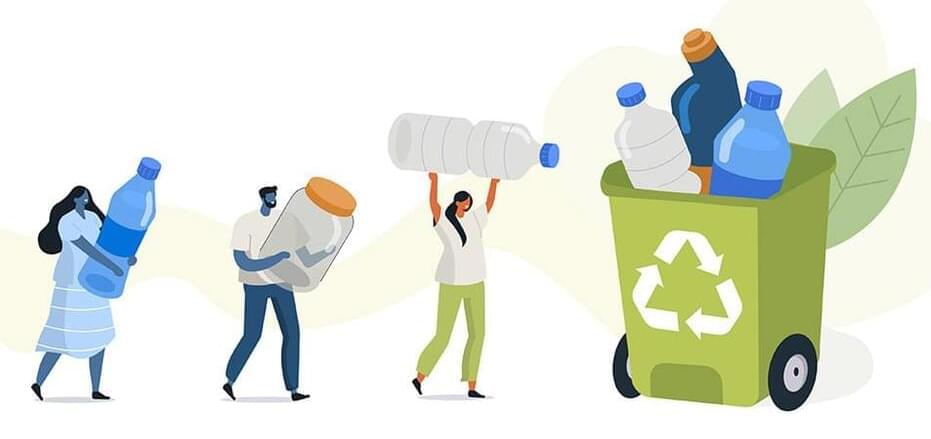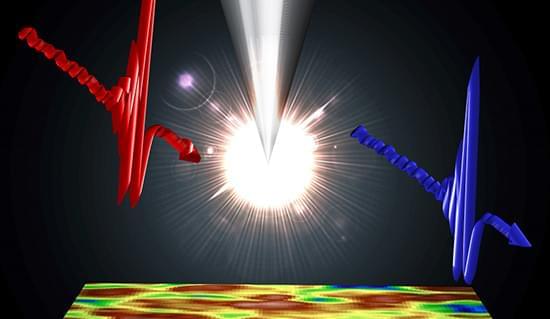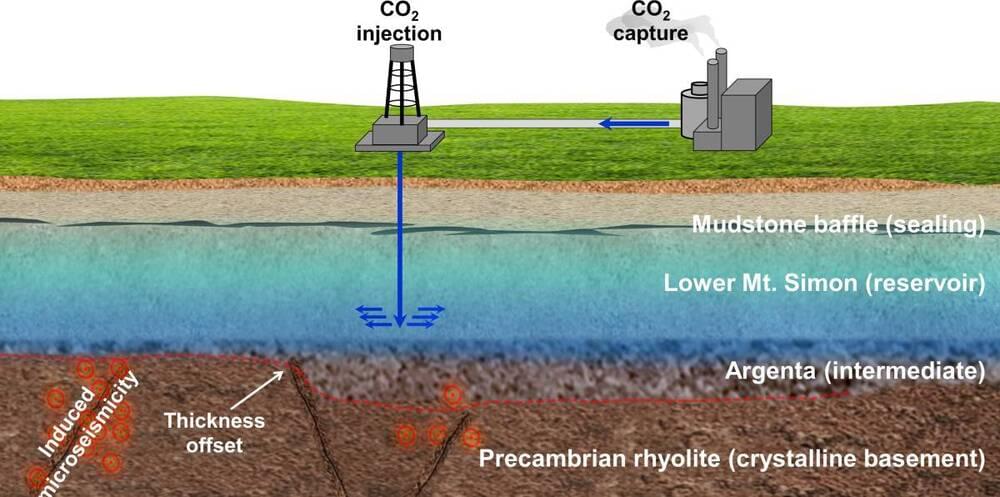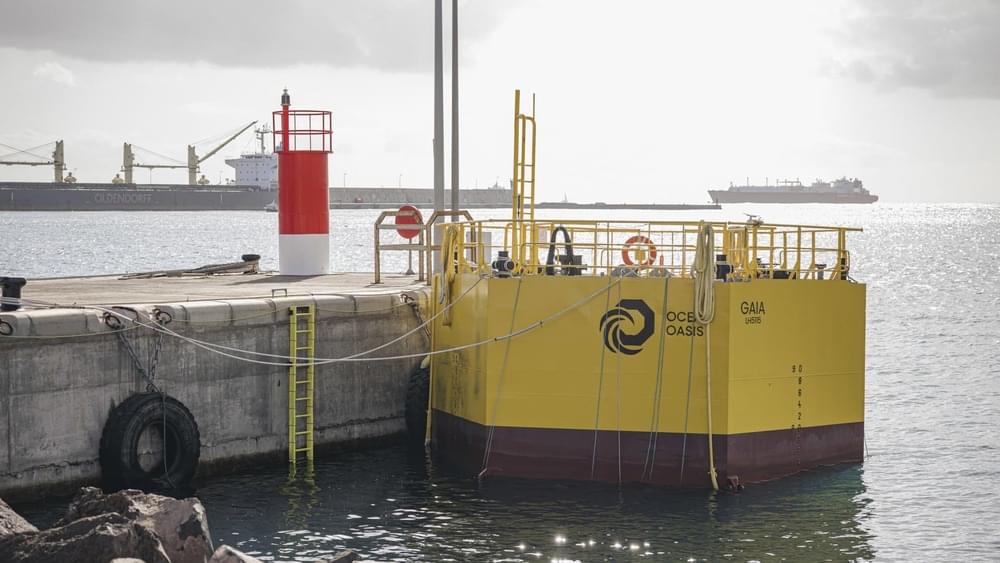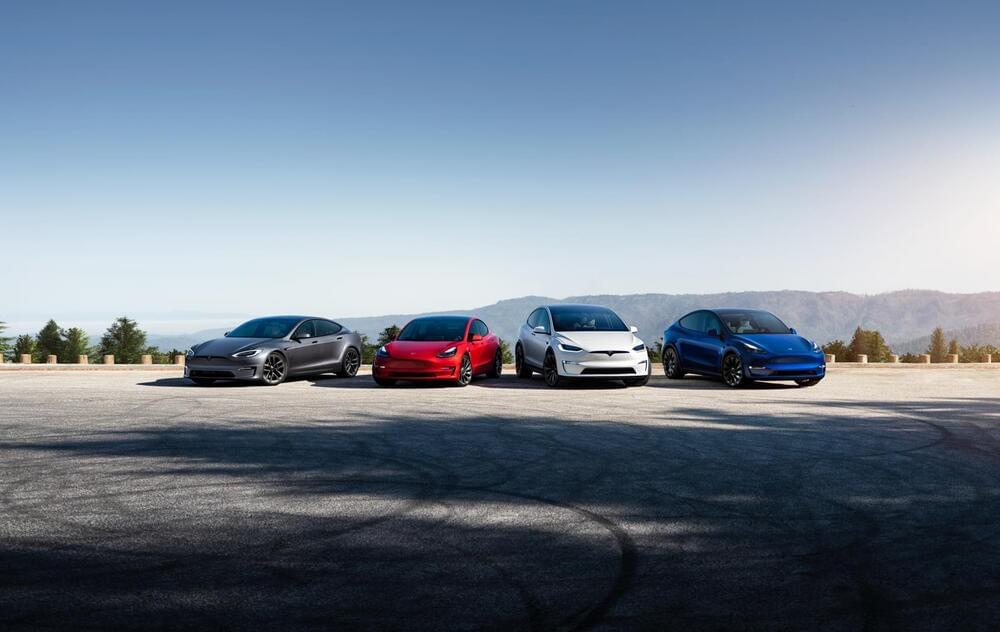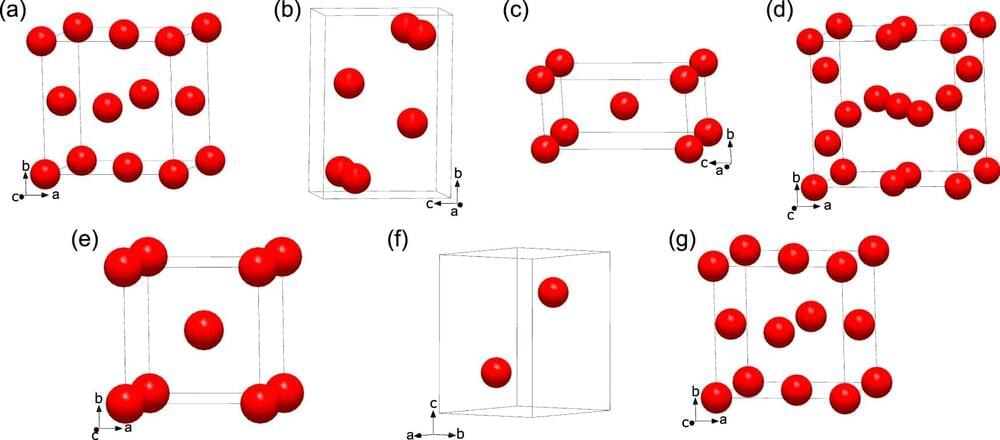Nov 27, 2022
This Hydrogen-Powered Carcopter Is A Real-Life Star Wars Podracer
Posted by Kelvin Dafiaghor in categories: sustainability, transportation
Now, there’s another flying race car concept in the game. French startup Maca Flight revealed a new hydrogen-powered flying race car concept at the 2022 CES and it’s remarkably similar to the podracers in the Star Wars universe.
A green flying race car concept
Called a carcopter, a portmanteau of the words car and helicopter, Maca S11 is designed for speed and sustainability. And unlike others in its class, it’s powered by a hydrogen fuel cell instead of a conventional battery. The company states that the eVTOL is priced at just over $900,000 and that it will be ready to hit the racetrack in 2023.



